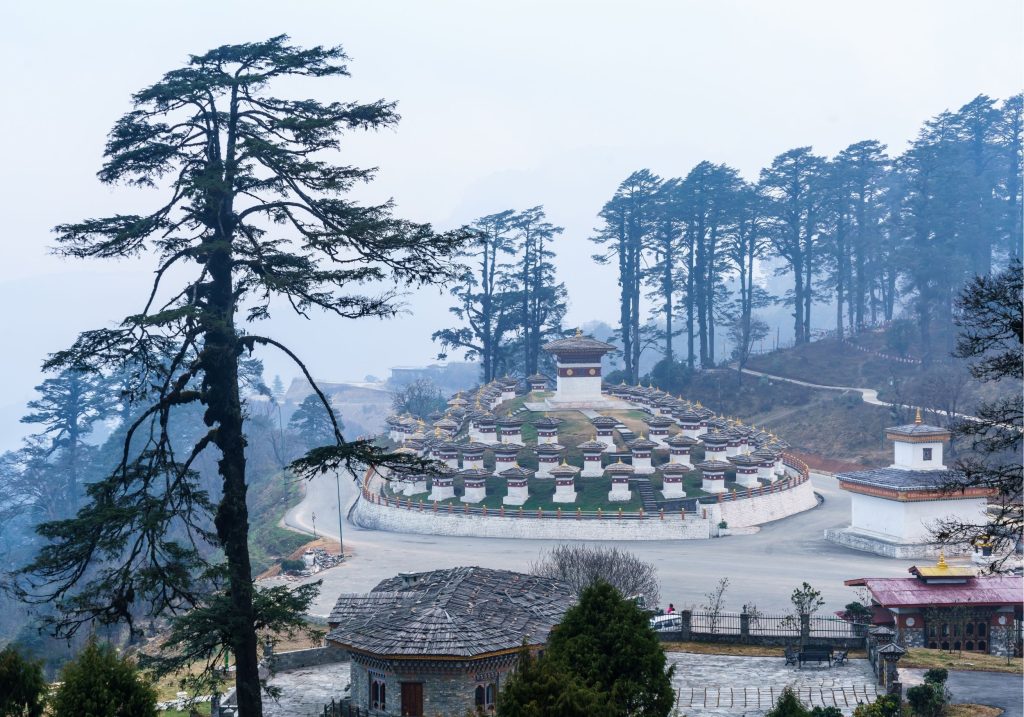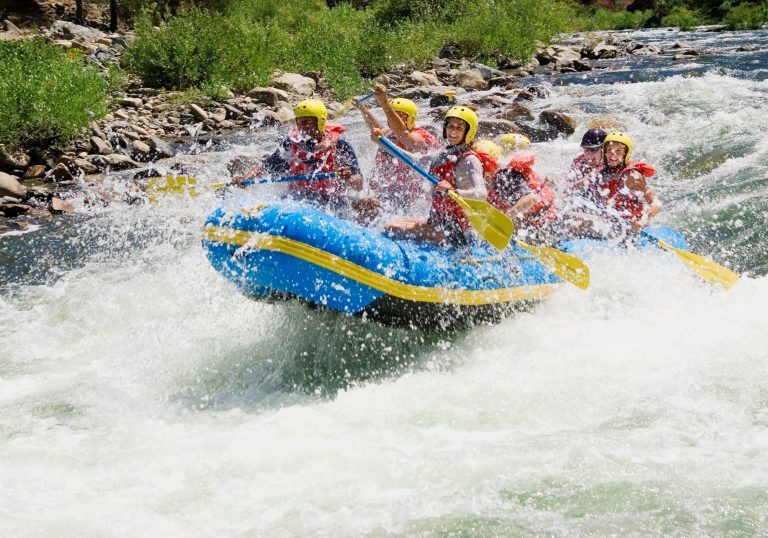
10 Essential Things to Know Before Visiting Bhutan in 2026 Bhutan
The Land of the Thunder Dragon—balances pristine nature, deep-rooted Buddhist culture, and a modern approach to sustainable tourism. Whether you’re coming for Tiger’s Nest, vibrant Paro tshechu festivals, or serene valleys, a little planning goes a long way. Here are 10 essential things to know before visiting Bhutan in 2025, so you can travel smoothly, respectfully, and with confidence.
1) Visa, Permits, and the Sustainable Development Fee (SDF)
Most international travelers need a visa, applied for via Bhutan’s official portal or through a licensed tour operator/hotel.
Bhutan’s Sustainable Development Fee supports conservation and community. As of 2025, the standard SDF is typically USD 100 per adult per night (reduced from the earlier USD 200); children often receive discounted rates. Policies can change—always verify with Bhutan’s Department of Tourism/Immigration before booking.
Citizens of India, Bangladesh, and the Maldives follow different entry procedures and SDF structures; check the latest specifics for your nationality.
Some regions and high-altitude treks require special permits and a licensed guide.
2) Best Time to Visit and Weather by Season
Peak seasons: March–May (rhododendrons, mild temps, blue skies) and September–November (crystal-clear mountain views, many festivals).
Winter (December–February): crisp air, fewer crowds, excellent visibility, chilly nights.
Summer/monsoon (June–August): lush landscapes and lower rates with periodic rain; great for cultural immersion and photography with dramatic clouds.
Tip: At altitude, days can be warm in the sun and evenings cool—pack layers year-round.

3) Getting There: Flights and Entry Points
International flights arrive at Paro International Airport (PBH) via Drukair (Royal Bhutan Airlines) and Bhutan Airlines from hubs such as Delhi, Kolkata, Kathmandu, Bangkok, and Singapore (routes vary by season).
Land borders (e.g., Phuentsholing, Gelephu, Samdrup Jongkhar) may be options for regional travelers—confirm current status before planning.
Paro’s approach is one of the world’s most scenic—try for a window seat on a clear day.
4) Independent Travel vs. Guided: What’s Required?
Bhutan allows flexible travel planning, but a licensed guide is required for certain treks, protected areas, and can be mandatory for specific permits.
Even when not required, many visitors prefer guides to streamline logistics, provide cultural insight, and enhance temple/dzong visits.
Booking through a reputable hotel or tour operator ensures compliant itineraries and timely permit handling.
5) Money, Costs, and Tipping
Currency: Bhutanese Ngultrum (BTN), pegged to the Indian Rupee. Major hotels and larger shops accept cards; ATMs are available in towns. Carry cash for rural areas and small vendors.
Costs: In addition to the SDF, factor in accommodation, meals, guides/transport, and entry fees. Bhutan offers luxury to mid-range options—plan a realistic daily budget.
Tipping is appreciated for guides, drivers, and hotel staff; amounts vary by service level and group size.
6) Connectivity: SIM, Wi‑Fi, and Staying in Touch
Local SIM cards are available from Bhutan Telecom (B‑Mobile) and TashiCell in major towns; bring your passport for registration.
Wi‑Fi is common in hotels and cafés; speeds vary outside main centers.
Download offline maps and translation tools; roaming can be expensive.






7) Health, Altitude, and Travel Insurance
Paro and Thimphu sit around 2,200–2,300 meters. Most travelers acclimatize well with a gentle first day, hydration, and balanced meals.
If hiking Tiger’s Nest (Taktsang), start early, take breaks, and consider trekking poles.
Drink filtered or bottled water; bring any personal medications.
Comprehensive travel insurance is strongly recommended and may be required for the visa—ensure it covers trekking and medical evacuation if you plan remote adventures.
8) Culture, Etiquette, and Dress Code
Respect is central. When visiting dzongs, monasteries, and temples: wear modest clothing (shoulders and knees covered), remove hats, and follow signage.
Photography is often restricted inside sacred spaces—ask before shooting.
Public displays of affection are uncommon; keep voices low in religious sites.
Learn a few local phrases or greetings, and try Bhutanese cuisine with an open mind—chili and cheese (ema datshi) is beloved for a reason.
9) Festivals, Must‑See Sights, and Pacing
Tsechus (festivals) in Paro, Thimphu, and Punakha offer masked dances, rituals, and community celebration—book early as dates drive demand.
Highlights include: Paro Taktsang (Tiger’s Nest), Punakha Dzong, Kyichu Lhakhang, the National Museum, and the scenic Dochula Pass.
Distances can be deceiving due to winding mountain roads—build in buffer time and avoid stacking too many long drives in one day.
10) Packing, Power, and Practicalities
Essentials: layered clothing, rain shell, sun protection, comfortable walking shoes, reusable water bottle, and a small daypack.
Power: 230V. Sockets commonly include Type D, F, and G—pack a universal adapter.
Comfort add‑ons: motion-sickness tablets for curvy roads, small first-aid kit, and trekking poles if you plan hikes.
Sustainability: Bhutan champions low-impact travel—carry reusable items, respect wildlife, and leave no trace.
Bhutan rewards mindful travelers: those who come prepared, move at a gentle pace, and engage with its culture. With the right expectations around the SDF and permits, a smart seasonal choice, and a respectful approach to etiquette, you’ll experience a country that measures success in Gross National Happiness—and you’ll feel why.
Begin your Bhutan journey in comfort and cultural style. Base yourself in Paro at Hotel Kaachi Grand—just 7 minutes from the airport—for spacious rooms, authentic Bhutanese design, seasonal cuisine, and a wellness-forward start to your trip. Contact our reservations team to customize an itinerary, arrange permits, and secure agent-ready materials for a seamless arrival.

